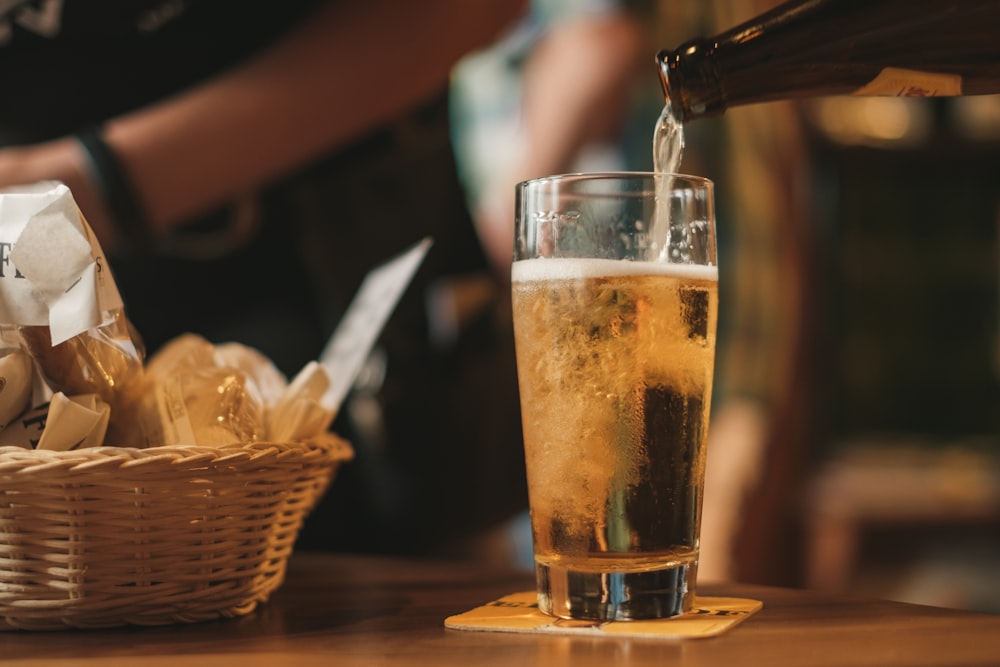Obstructive sleep apnea is a serious sleep disorder that does much more than leave you feeling fatigued and worn out the next morning. The continual interruptions to your sleep that occur as your oxygen supply is repeatedly cut off during the night can have a host of problematic side effects, including an increased risk of heart disease, stroke, and type 2 diabetes.
After a sleep apnea diagnosis, there are several things you can do to mitigate your condition. These essential changes will improve your sleep quality and help you avoid the disorder’s more severe long-term consequences.
1. Start Using a CPAP Machine
A CPAP machine is one of the most effective solutions for mitigating sleep apnea. CPAP machines provide a steady flow of pressurized air to your breathing passages throughout the night. The pressurized air keeps the airways from collapsing, which is what triggers sleep apnea incidents in the first place.
To get a CPAP machine, you will need to obtain a prescription from a medical specialist after confirming a sleep apnea diagnosis. Your prescription will include the recommended pressure setting for your device to ensure that your therapy is truly effective.
The right CPAP mask can also affect the quality of your therapy. Work with a sleep specialist to determine which mask type will be best for you based on your comfort preferences and how you breathe at night.
2. Exercise

Being overweight is a common contributing factor to sleep apnea, as excess fatty tissue that builds up around your neck will make upper airway blockages more likely. Because of this, many doctors recommend that sleep apnea patients try to lose weight to reduce their symptoms.
Naturally, one of the best ways to get to a healthy weight is to exercise. A mixture of weight training and aerobic exercise throughout the week will help you lose weight, improve muscle tone, and provide a natural mood boost. Exercise has also been found to reduce daytime fatigue and improve overall sleep quality, even in people who don’t have sleep apnea.
For best results, try to exercise in the early afternoon. Working out too close to bedtime can actually disrupt sleep by increasing your adrenalin and body temperature.
3. Adjust Your Sleep Position
For many people, the severity of their sleep apnea is in large part related to their sleep position. Sleeping on your back is considered the worst position for sleep apnea, as gravity will pull your tongue and fatty tissues around the neck downward, increasing the likelihood of a blockage.
Those with sleep apnea should try to sleep on their side, which has been found to help reduce symptoms. In fact, for some people with mild sleep apnea, simply switching to side sleeping can be enough to eliminate their symptoms entirely.
Obviously, you can’t control if you start tossing and turning in your sleep. However, you can use body pillows or a positional apnea device to make it easier to stay on your side throughout the night.
4. Eliminate Alcohol and Tobacco

Alcohol and tobacco are significantly detrimental to your sleep quality, particularly if you already struggle with sleep apnea. Alcohol reduces the strength of your breathing muscles, making them more likely to collapse during sleep. Excess alcohol consumption also leads to weight gain, which can worsen sleep apnea. Reducing alcohol consumption — especially before bed — can help reduce sleep apnea severity.
Cigarette smoking has also been linked to sleep apnea because it affects muscle function and causes inflammation of the upper airways. Interestingly, studies also indicate that not getting treatment for sleep apnea may increase the risk for smoking addiction. Poor sleep is just one of many harmful outcomes of smoking, which should be avoided entirely.
In addition to alcohol and tobacco, those with sleep apnea may need to avoid certain medications, which could relax the breathing muscles and slow their breathing rate — increasing sleep apnea risk. Examples of potentially problematic medications include opioids, benzodiazepines, and muscle relaxants.
5. Improve Your Sleep Hygiene
Improving your sleep environment and bedtime routine can help you get more sleep, ensuring that you get enough rest each night. For example, going to bed around the same time each night will help your body recognize when it is time for sleep, allowing you to fall asleep quicker. You should follow this routine every day — including weekends.
You can also fall asleep quicker by avoiding the use of electronic devices before bed. The blue light emitted by these devices suppresses melatonin production, making it harder to fall asleep. Avoid eating a large meal before bed so the digestion process doesn’t disrupt sleep.
Finally, don’t ignore the comfort of your bedroom. A comfortable mattress and pillow will obviously make it easier to fall asleep. However, many people also benefit from blackout curtains, a white noise machine, and other devices that block outside light and noise.
Start Controlling Sleep Apnea With Help Medical Supplies
A CPAP machine is one of the most effective tools for controlling sleep apnea — but there is no denying that it can be a costly burden for many. This is where Help Medical Supplies makes a difference.
In addition to offering discounted prices on a wide range of CPAP and BiPAP products, Help Medical Supplies offers free shipping on orders of $89 or more and financing on a wide range of products.
By making the purchase of this vital medical equipment more manageable, you can take control of sleep apnea without breaking the bank. By combining CPAP use with other healthy lifestyle changes, you can start enjoying restful sleep again.

